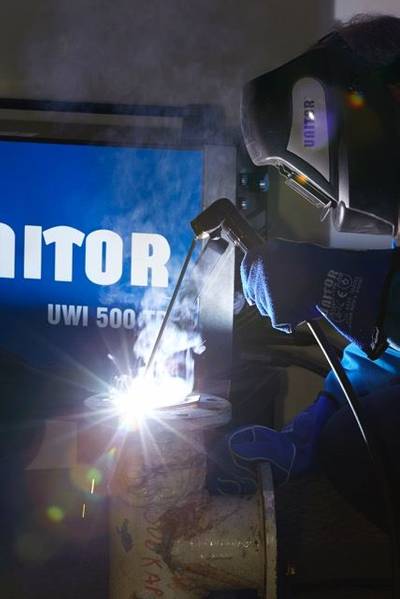Dangers of Neglecting on Board Welding Equipment
Wilhelmsen Ships Service (WSS), who conducts safety inspections of onboard welding equipment and consumables at 26 ports throughout the world, said its findings reveal how a lack of maintenance, respect and care for this essential, yet highly dangerous, technology is putting safety, efficiency and even lives at risk every day.
WSS offers inspections at a network of international shipping hubs, including New Orleans, Dubai, Rotterdam, Panama and Shanghai. These involve approved port representatives systemically working through a list of 75 checkpoints to assess the safety of all electric arc and gas-welding equipment.
These inspections, usually lasting for one to two hours, reveal a litany of safety risks and non-conformances, most of which can be easily remedied, WSS said.
“Welding work is obviously dangerous in its own right and must be conducted by qualified crew in accordance with all necessary safety procedures and regulations,” said Leif Andersen, Technical Product Manager Welding, WSS Marine Products. “However, what is often overlooked is basic care and maintenance of the equipment itself and this can result in serious, and totally unnecessary, risks.”
Andersen highlighted common issues such as cracked gas hoses, missing or makeshift hose clips (allowing highly flammable gas to escape), earth/ground cables that are connected to the hulls of ships during electric arc welding (feeding the return current into the surface that the welder may be standing or lying on) and industrial welding machines where the Open Circuit Voltage (OCV) exceeds 70V, and are therefore not in compliance with the MCA’s Code of Safe Working Practices for Merchant Seamen.
One of the most dramatic, and most dangerous, risks, he explained, is from “flashbacks”.
“In short, this happens when the equipment’s combustion velocity is higher than the gas exit velocity, causing the flame to burn into the equipment. This can cause damage to the hose and regulator and in worst cases trigger decomposition and an explosion of the acetylene cylinder. It goes without saying how serious this can be, for operators, and entire vessel operations.”
He continued, “Poorly maintained cutting nozzles and welding necks are a main cause of this phenomenon, as they lead to turbulent gas flow and disturb the gas mix exit velocity, increasing the risk of flashback. It’s therefore vital to inspect nozzles and welding necks regularly, making sure they’re clean and replacing damaged nozzles. Welding shanks must also be fitted with non-return valves and regulators fitted with flashback arrestors.”
“These are simple measures, to avoid very serious incidents.”
WSS said the majority of the issues highlighted under inspection are often “housekeeping” ones that can be remedied with improved handling, storage and maintenance of equipment. Recommendations on how to address these areas, along with details of any repair work or necessary spare parts, are included in the confidential reports that inspectors compile for shipowners and operators after their visits.
“This is an easy way to ensure that all equipment is in good order and address any potential issues before they put safety, and operational efficiency, at risk,” Andersen concluded. “Welding equipment non-conformances are often not front of mind for crews and operators until an incident occurs. Unfortunately, by that time it’s too late. High quality inspections will deliver the peace of mind, and safety, that every vessel deserves.”
WSS, which also markets the Unitor brand of welding products, carries out inspections at the following ports: Vancouver, Freemantle, Piraeus, Los Angeles, Singapore, Genoa, New York, Hong Kong, Algeciras, Philadelphia, Shanghai, Lisbon, Jacksonville, Guangzhou, Antwerp, New Orleans, Kaohsiung, Rotterdam , Houston, Yokohama, Hamburg, Panama, Dubai, Barcelona, Rio and Fujairah.











